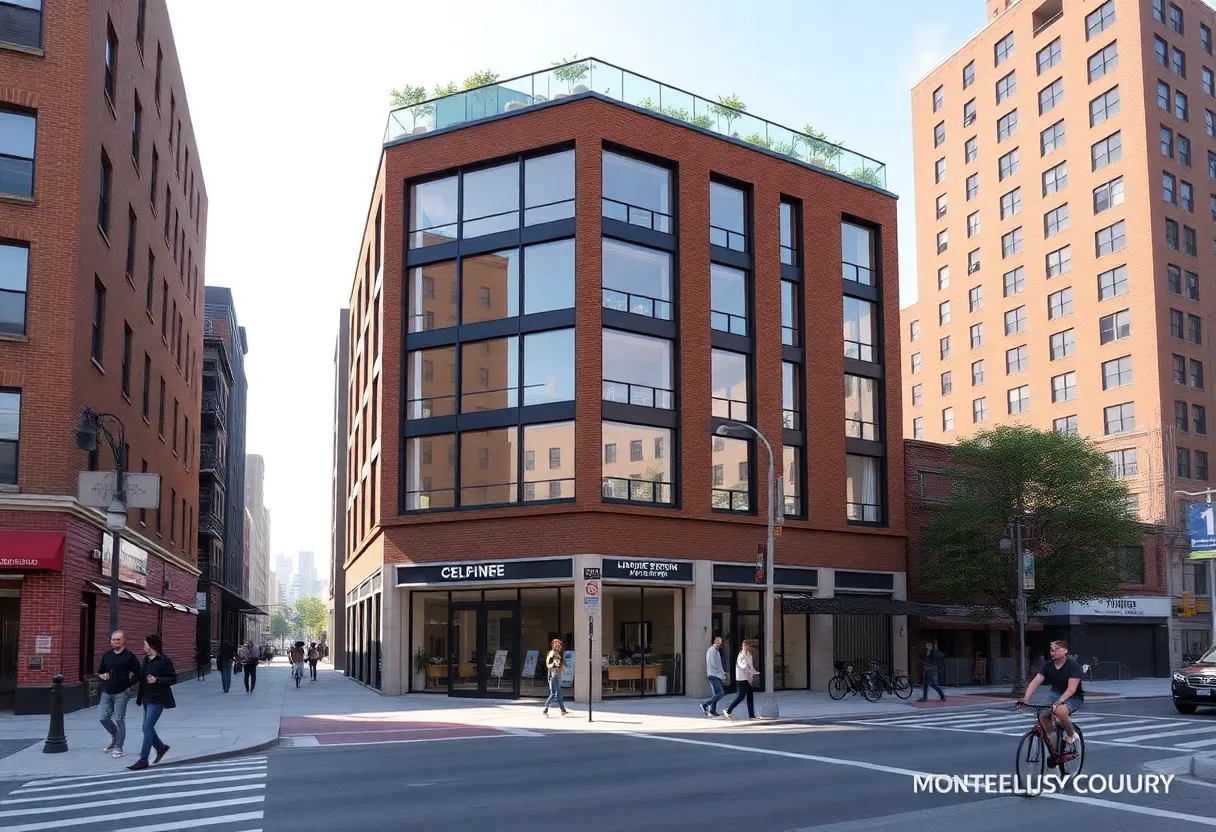United States, September 4, 2025
News Summary
A nationwide private lender has increased leverage in its EasyBuild and Residential Transition Loan (RTL) programs to accelerate construction amid a national housing shortfall. EasyBuild maximums now rise to 90% loan‑to‑cost and 75% loan‑to‑value for qualified borrowers with at least three completed projects. RTL per‑unit limits jump to more than $5 million, with rates starting near 8.90%, no‑appraisal options, and potential 48‑hour closings on qualifying deals. The changes aim to give experienced builders more buying power while local ADU pilots and public programs remain important for smaller, affordable infill work.
New construction financing limits rise as lenders respond to U.S. housing shortfall
A private real estate lender has raised leverage for new construction and expanded per‑unit loan ceilings for large residential deals, effective immediately. The most notable change boosts the ground‑up loan program to 90% loan‑to‑cost (LTC) and 75% loan‑to‑value (LTV) for experienced builders, while a related residential transition program now allows per‑unit loans exceeding $5 million.
Why it matters
The adjustments come amid an estimated nationwide housing shortfall of about 4.7 million homes, and rising prices that keep many buyers and builders on edge. Higher leverage and bigger per‑unit limits are intended to let experienced investors and developers move faster on single‑family and multifamily construction when traditional lenders limit exposure on larger or more aggressive projects.
Key changes to construction financing
- Ground‑up construction product now offers up to 90% LTC and 75% LTV for borrowers with a verified track record of at least three completed construction projects. This replaces prior maximums of 85% LTC and 70% LTV.
- The lender’s Residential Transition Loan (RTL) family, which covers fix‑and‑flip, bridge and new construction products, has increased per‑unit loan caps from $2 million to over $5 million.
- RTL features cited for large deals include interest rates starting near 8.90%, optional no‑appraisal loan paths and the ability to close in about 48 hours on qualifying transactions.
- The expanded RTL offering is available across most of the country, covering projects in 48 states.
Who qualifies
Higher LTC and LTV ratios apply to borrowers who can demonstrate a proven track record — typically defined as at least three completed construction deals. For other borrowers, standard underwriting criteria and lower leverage options remain in place.
Intended outcomes and limitations
The program updates are presented as tools to help experienced builders take on larger projects with less upfront equity, speed closings and avoid missed market opportunities when other lenders are cautious on scale or complexity. At the same time, higher leverage increases sponsor and lender exposure, meaning strict underwriting, project budgeting and completion controls remain central to approval decisions.
Context from housing markets and investor activity
The move follows broader market signals: median existing‑home price measures have continued to set high water marks, and investor activity represents a meaningful share of transactions in some months. Those dynamics — combined with a sizable estimated home deficit — are frequently cited as drivers for more flexible private lending solutions that can bridge gaps in conventional bank financing.
Related development finance updates
Separately, municipal staff analysis in a large Texas city examined public options to finance accessory dwelling units (ADUs) and concluded that a broad, publicly funded ADU program would likely see limited uptake among low‑income homeowners. Staff recommended a targeted pilot aimed at moderate‑income homeowners in high‑displacement ZIP codes, estimating roughly $1.5 million would be needed to fund loans, staffing and outreach for an initial pilot. Pre‑development costs for ADUs were estimated at about $20,000–$30,000 per project, a barrier for many lower‑income owners.
In other capital markets activity, a developer of utility‑scale battery storage closed large construction and tax‑equity bridge facilities to fund two projects totaling 300 MW / 800 MWh, and a Midwest regional bank led a roughly $60 million construction loan syndication for a 324‑unit affordable multifamily development near a major Texas city. Those transactions illustrate concurrent flows of construction capital into both clean energy and affordable housing pipelines.
Practical next steps for builders and investors
- Document experience on at least three completed construction projects to access the top leverage tier.
- Prepare detailed budgets and contingency plans to address higher leverage scrutiny during underwriting.
- Compare program features such as no‑appraisal options, speed of close, and interest rate starting points when weighing offers for large single‑unit or multi‑unit loans.
FAQ
What are the new maximum LTC and LTV ratios for new construction?
The top tier now offers up to 90% loan‑to‑cost and 75% loan‑to‑value for qualified borrowers.
Who is eligible for the enhanced leverage?
Borrowers with a proven track record of at least three completed construction deals are eligible for the higher leverage tiers; other eligibility and underwriting requirements still apply.
How large are the new per‑unit limits for RTL financing?
Per‑unit limits have been raised to more than $5 million, up from the previous $2 million cap.
Are these programs available nationwide?
The expanded program coverage extends across 48 states, though local underwriting and regulatory factors can affect availability.
What are some speed and rate features to expect?
Program highlights may include interest rates starting around 8.90%, optional no‑appraisal pathways and the capability for fast, sometimes 48‑hour closings on qualifying deals.
Quick reference — key program features
| Feature | EasyBuild (New Construction) | RTL (EasyFix / EasyBuild family) |
|---|---|---|
| Max LTC | 90% (experienced builders) | Varies by product |
| Max LTV | 75% (experienced builders) | Varies by product |
| Per‑unit cap | Project‑level limits apply | Over $5,000,000 per unit |
| Rate starting point | Subject to underwriting | Starting ~8.90% |
| Speed | Designed for faster funding | 48‑hour closings on qualifying deals |
| Geographic coverage | Nationwide availability | 48 states |
Deeper Dive: News & Info About This Topic
Additional Resources
- Business Insider: Easy Street Capital increases leverage for new construction financing
- Wikipedia: Construction loan
- GlobeNewswire: Easy‑Street Capital increases Residential Transition Loan limits to over $5 million per unit
- Google Search: Easy Street Capital Residential Transition Loan limits
- GlobeNewswire (PDF): Easy‑Street Capital investor/materials download
- Google Scholar: construction loan leverage
- Austin Monitor: Housing staff suggest ADU pilot program aimed at 80% MFI households
- Encyclopedia Britannica: Accessory dwelling unit
- REBusinessOnline: Associated Bank provides $60.4M construction loan for metro Austin affordable housing project
- Google News: construction financing housing shortage





